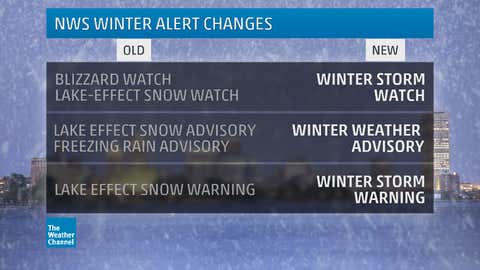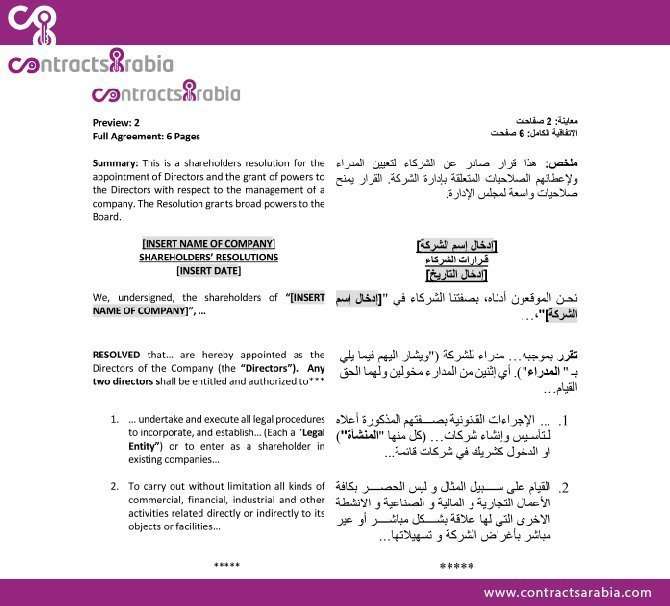Understanding Flood Warnings: Your Guide From The NWS

Table of Contents
Types of Flood Warnings Issued by the NWS
The National Weather Service uses a system of alerts to warn the public about impending or current flood conditions. Understanding the differences between these alerts is vital for taking appropriate action. The three main types of flood warnings are:
-
Flood Watch: A Flood Watch means that conditions are favorable for flooding. Flooding is possible. This is not an immediate threat, but it's a time to prepare. You should monitor the situation closely and be ready to take action if a warning is issued. Examples include heavy rainfall in the forecast for a region with poor drainage or a rapidly rising river. The urgency level is moderate; preparation is key.
-
Flood Warning: A Flood Warning means that flooding is occurring or is imminent. This is a serious alert indicating immediate danger. You should take immediate action to protect yourself and your property. Examples include overflowing rivers, already flooded streets, or rapidly rising floodwaters. The urgency level is high; immediate action is required.
-
Flash Flood Warning: A Flash Flood Warning signifies a sudden, rapid, and dangerous flood that is happening now. This is the most urgent type of flood warning. Flash floods can develop in minutes and are extremely dangerous. Examples include intense rainfall in mountainous areas, dam failures, or levee breaches. The urgency level is extremely high; immediate evacuation may be necessary.
Here's a table summarizing the key differences:
| Warning Type | Meaning | Urgency Level | Action Required |
|---|---|---|---|
| Flood Watch | Flooding is possible | Moderate | Prepare for potential flooding |
| Flood Warning | Flooding is occurring or imminent | High | Take immediate action to protect yourself and property |
| Flash Flood Warning | Sudden, rapid, and dangerous flooding is happening now | Extremely High | Immediate evacuation may be necessary |
Understanding the Information in a Flood Warning
A flood warning from the NWS will contain crucial information to help you understand the threat and take appropriate action. This information typically includes:
-
Location: The specific areas affected by the flood. This is usually very detailed, specifying counties, towns, and even neighborhoods. Pay close attention to ensure your location is included.
-
Timing: The expected start and end times of the flooding. Knowing the duration will help you plan your actions effectively.
-
Severity: The potential impact of the flood. This might describe the expected depth of floodwaters, the potential for property damage, or the risk to life.
Finding Flood Warnings: You can find flood warnings for your specific location using several resources:
- NWS Website: The official website (weather.gov) allows you to search by zip code or location.
- NWS App: Download the official NWS app for real-time alerts directly to your mobile device.
- Local News: Local television and radio stations typically broadcast flood warnings and other severe weather alerts.
River gauges are also crucial tools used by the NWS to predict flood levels. These gauges measure water levels in rivers and streams and provide real-time data that contributes to flood warnings. Pay close attention to any additional details or instructions provided within the warning; they may contain specific information pertinent to your area.
Safety Measures During a Flood Warning
When a flood warning is issued, immediate action is crucial. Here are critical safety steps:
-
Evacuate immediately if instructed by authorities: This is the most important step. Obey all evacuation orders promptly.
-
Move valuable items to higher ground: If you have time before evacuation, move important documents, electronics, and other valuables to a safe, elevated location.
-
Unplug electrical appliances: Prevent electrocution by unplugging all electrical appliances before leaving your home.
-
Avoid driving or walking through floodwaters: Floodwaters can be deeper and faster than they appear, hiding dangers like downed power lines and debris. Turn around, don't drown.
-
Be aware of potential hazards like downed power lines: Never approach downed power lines; they are extremely dangerous.
-
Have an emergency kit ready: An emergency kit should include water, non-perishable food, first-aid supplies, medications, and important documents.
-
Know your evacuation route: Familiarize yourself with your evacuation route beforehand to avoid confusion during an emergency.
Post-Flood Actions and Recovery
After a flood subsides, the recovery process begins. Remember to take these steps:
-
Contact your insurance company: Report the flood damage to your insurance company as soon as possible.
-
Inspect your property for damage: Carefully assess your property for structural damage, water damage, and mold.
-
Avoid entering flood-damaged buildings: Flood-damaged structures may be unstable and hazardous.
-
Be aware of potential health hazards: Floodwaters can contain contaminants and pose health risks.
-
Seek assistance from local authorities or relief organizations: Many organizations offer assistance with flood recovery efforts.
Conclusion
Understanding and responding appropriately to flood warnings from the NWS is vital for safeguarding lives and minimizing property damage. By familiarizing yourself with the different types of warnings, the information they contain, and the necessary safety measures, you can significantly reduce your risk during a flood event. Stay informed and prepared! Regularly check the National Weather Service website and your local news for the latest flood warnings and weather alerts in your area. Develop a family flood preparedness plan and learn more about flood safety through NWS resources to better understand and prepare for future flood warnings.

Featured Posts
-
 Atletico Madrid Espanyol Maci Hakemin Tartismali Karari
May 25, 2025
Atletico Madrid Espanyol Maci Hakemin Tartismali Karari
May 25, 2025 -
 Shareholders Unanimously Approve All Resolutions At Imcd N V Agm
May 25, 2025
Shareholders Unanimously Approve All Resolutions At Imcd N V Agm
May 25, 2025 -
 40 Svadeb Na Kharkovschine Kakaya Data Stala Stol Populyarnoy Foto
May 25, 2025
40 Svadeb Na Kharkovschine Kakaya Data Stala Stol Populyarnoy Foto
May 25, 2025 -
 New Footage Shows Lewis Hamiltons Thoughtful Gesture To Ex Teammate
May 25, 2025
New Footage Shows Lewis Hamiltons Thoughtful Gesture To Ex Teammate
May 25, 2025 -
 Addressing Negative Publicity A Southern Vacation Destinations Safety Measures
May 25, 2025
Addressing Negative Publicity A Southern Vacation Destinations Safety Measures
May 25, 2025
Latest Posts
-
 Naomi Campbells Potential Absence From Met Gala 2025 Truth Behind The Wintour Feud Claims
May 25, 2025
Naomi Campbells Potential Absence From Met Gala 2025 Truth Behind The Wintour Feud Claims
May 25, 2025 -
 Did Anna Wintour Ban Naomi Campbell From The Met Gala The 2025 Controversy
May 25, 2025
Did Anna Wintour Ban Naomi Campbell From The Met Gala The 2025 Controversy
May 25, 2025 -
 Naomi Campbell Reportedly Banned From Met Gala 2025 The Story Behind The Headlines
May 25, 2025
Naomi Campbell Reportedly Banned From Met Gala 2025 The Story Behind The Headlines
May 25, 2025 -
 Is Naomi Campbell Banned From The 2025 Met Gala A Look At The Wintour Feud Speculation
May 25, 2025
Is Naomi Campbell Banned From The 2025 Met Gala A Look At The Wintour Feud Speculation
May 25, 2025 -
 Met Gala 2025 Will Naomi Campbell Be Absent Due To Wintour Dispute
May 25, 2025
Met Gala 2025 Will Naomi Campbell Be Absent Due To Wintour Dispute
May 25, 2025
